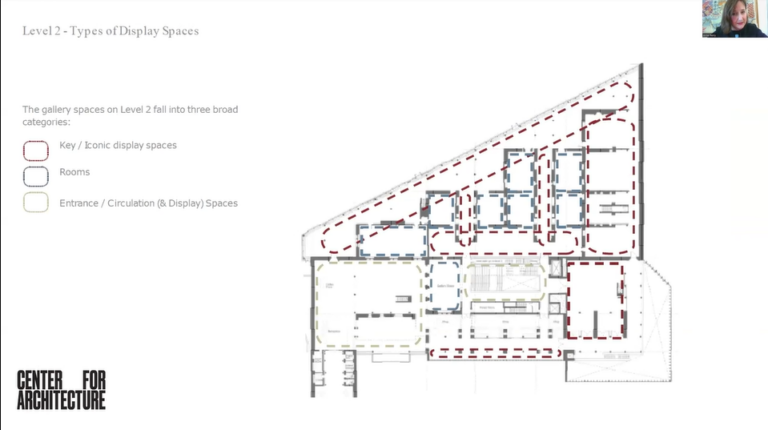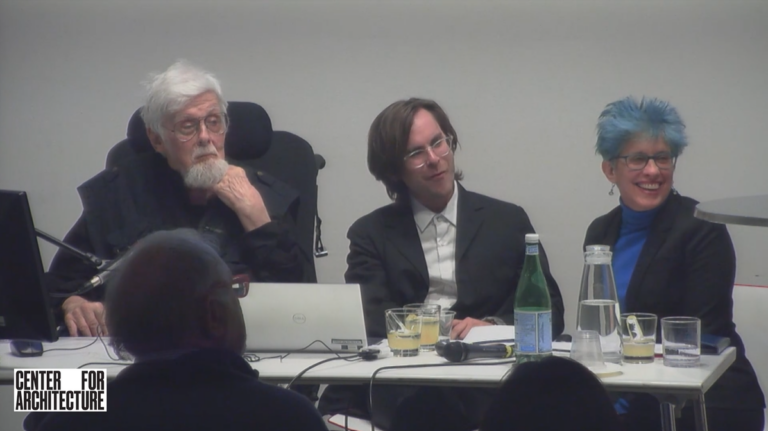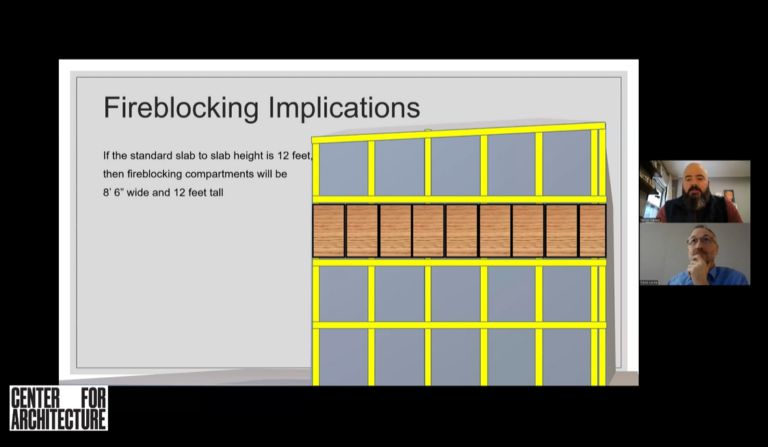With the rapid growth of the real estate sector as an international investment vehicle since 2000, signature design has redefined the identity of residential high-rise architecture as a desirable commodity and luxury good. For the first time since Modernism’s experiments in affordable housing, “innovation” has been be applied widely to the production and marketing of housing in New York City. What in the past was formulaic has become a laboratory for experimentation, turning infill residential into an engine for the gentrification of many urban neighborhoods. This wave did not end with the bursting of the bubble in 2009, but has gained momentum with the accelerating transformation of the skyline.
Today, design is intrinsic to the value proposition of residential development in ways that could not have been envisioned by architectural theorists a generation ago, and luxury high-rise development has unexpectedly become a mainstay of cutting-edge design firms. Once the purview of local developers and designers for a mostly local market, high-rise housing in the city has become one of the most exciting and vibrant areas for international architectural design, targeted at an increasingly international clientele. As an active area for architectural formal, material, and spatial experimentation, residential design in New York has become increasingly important, but this has also raised issues of economic equity and the role these buildings and their designs play in the long-term growth and health of the city.
Bertram Beissel Von Gymnich, Director, Ateliers Jean Nouvel
Soo K. Chan, Founder, SCDA Architects
Douglas Hocking, Partner, KPF
Chris Cooper, AIA, Director, SOM
Satoshi Toyoda, AIA, Partner, Viñoly
Neil Thelen, Founder, Thelen Design Group; Associate DS+R
Moderator
Eric Howeler, AIA, Principal, Howeler + Yoon Architecture; Author, Skyscraper: Vertical Now
Organized by
AIANY Global Dialogues Committee



